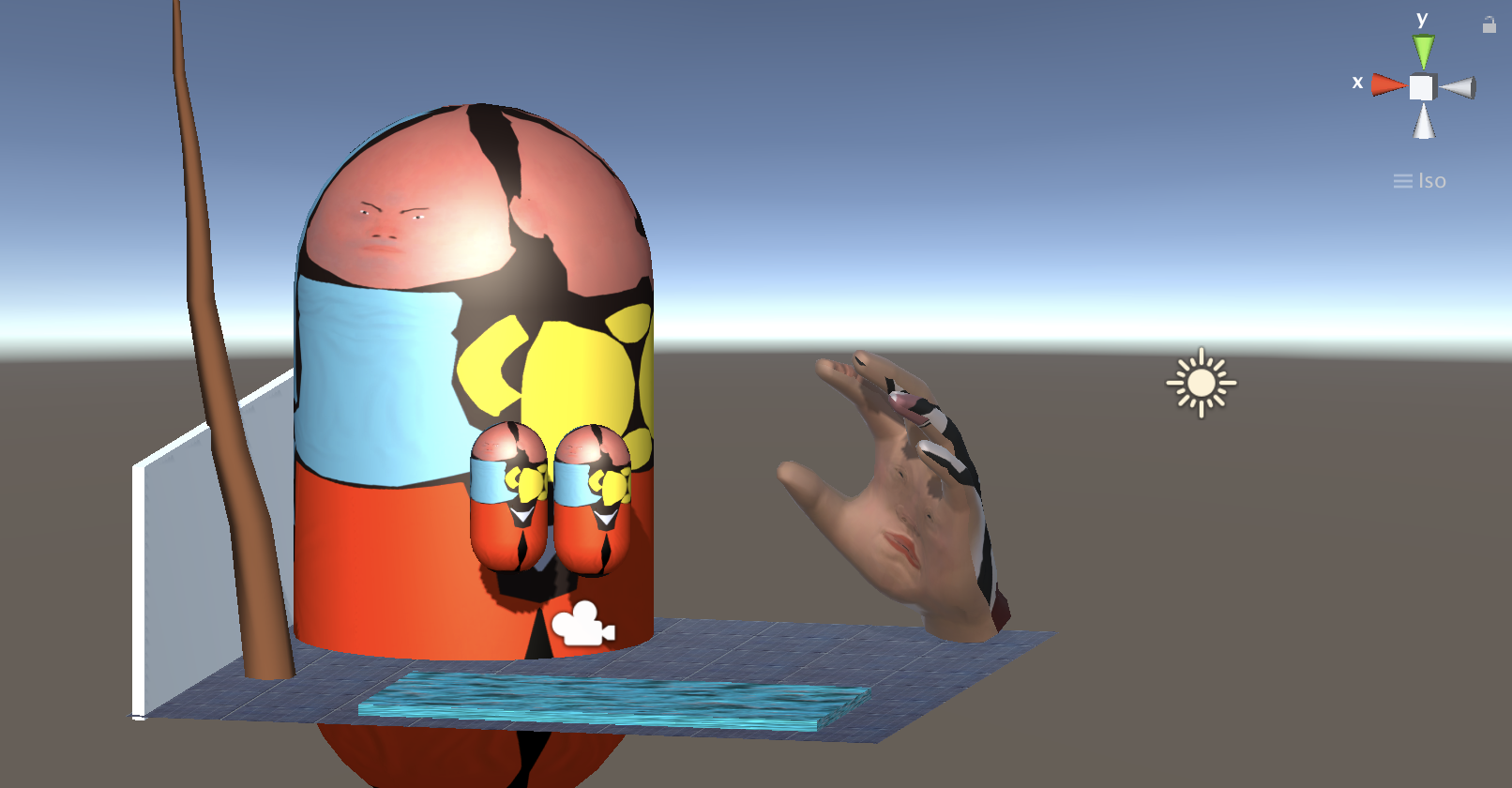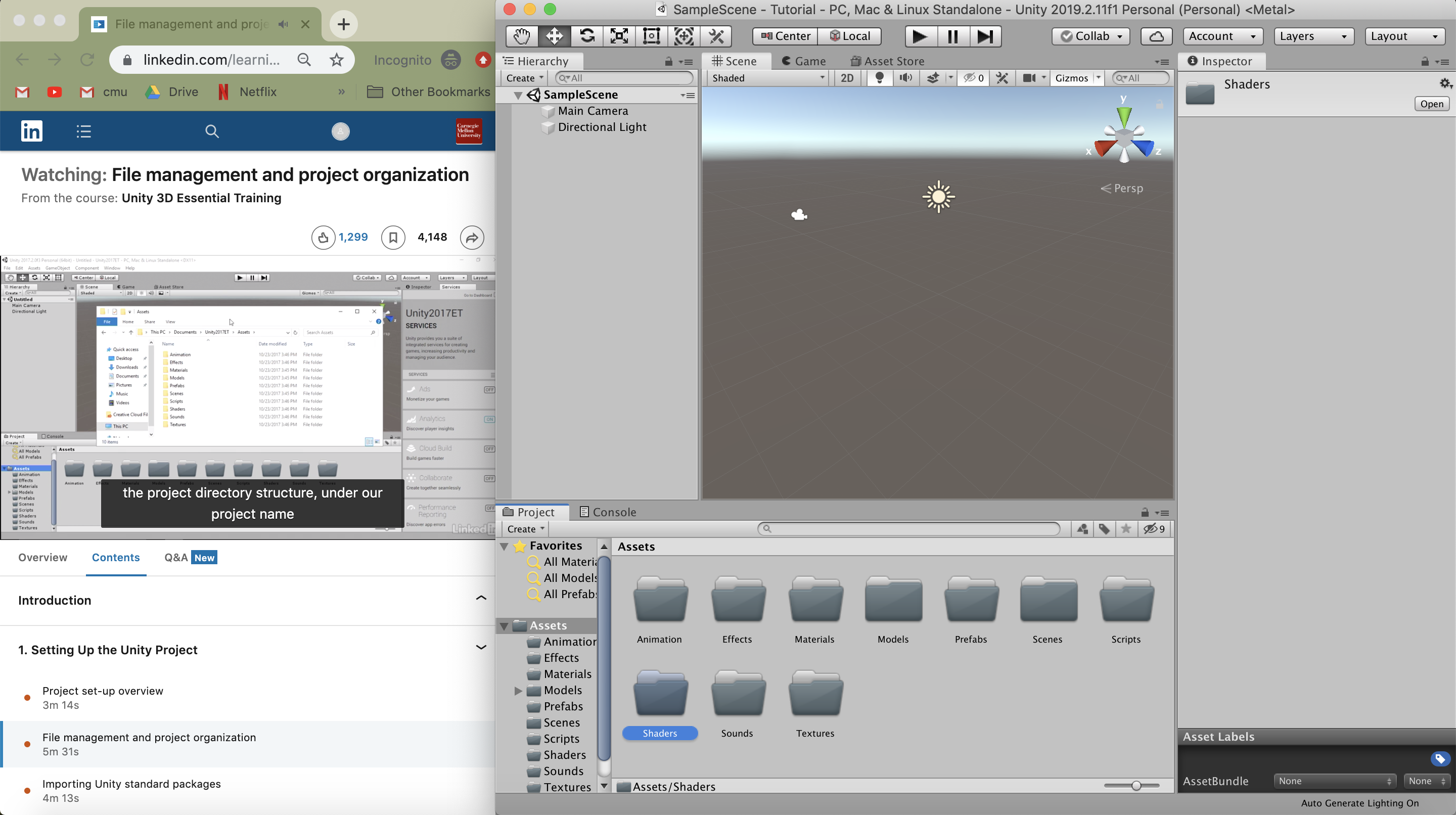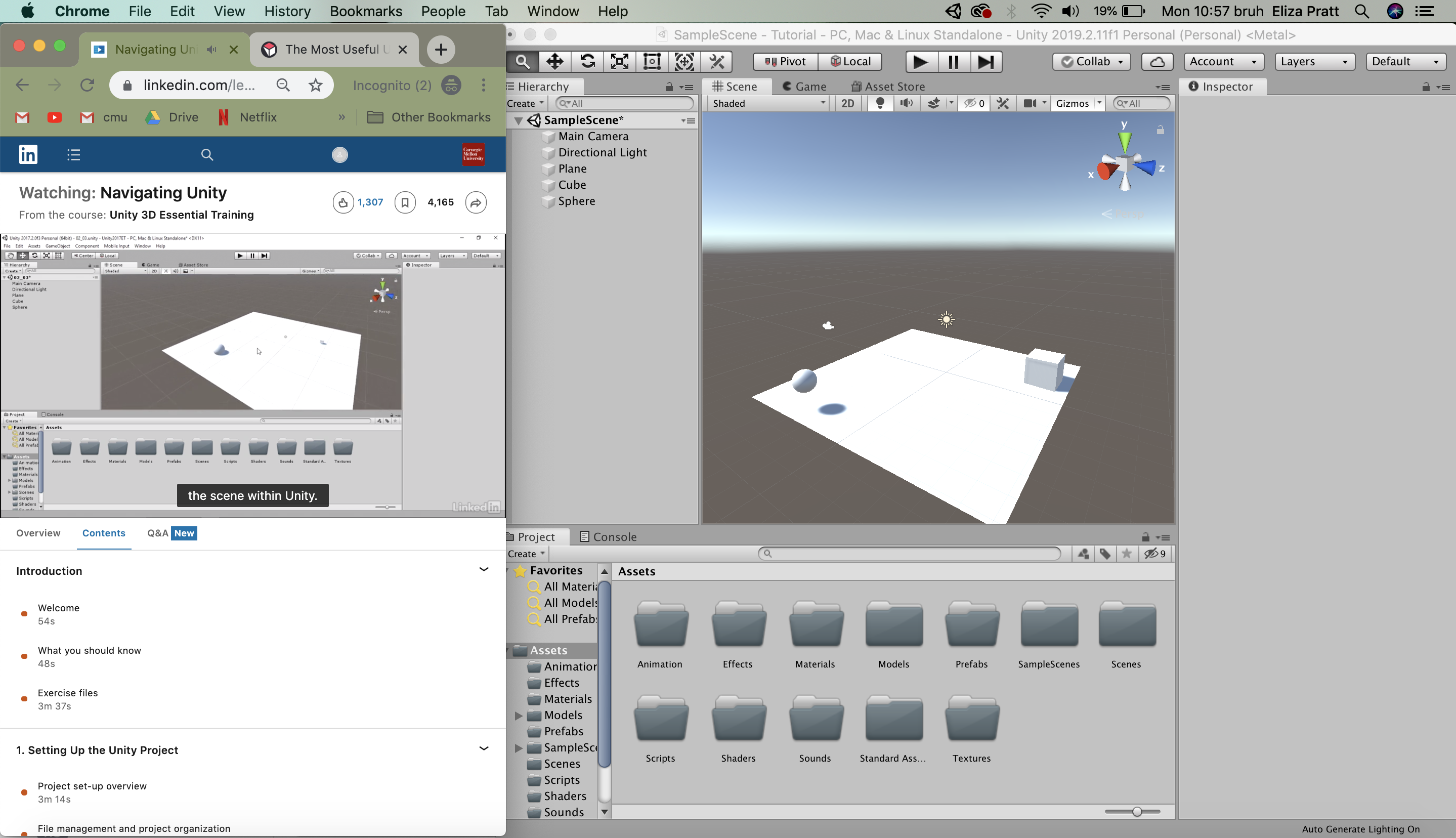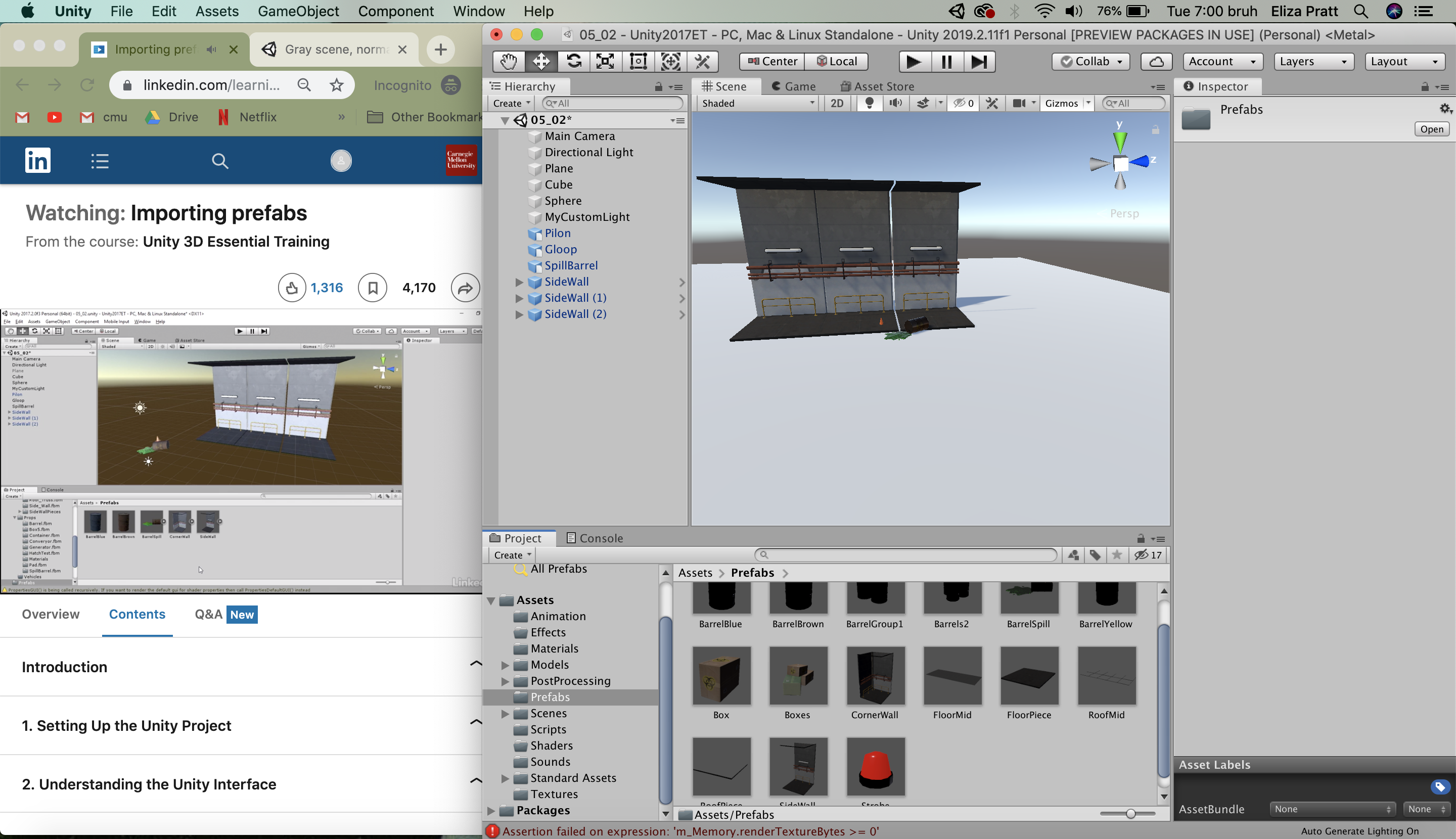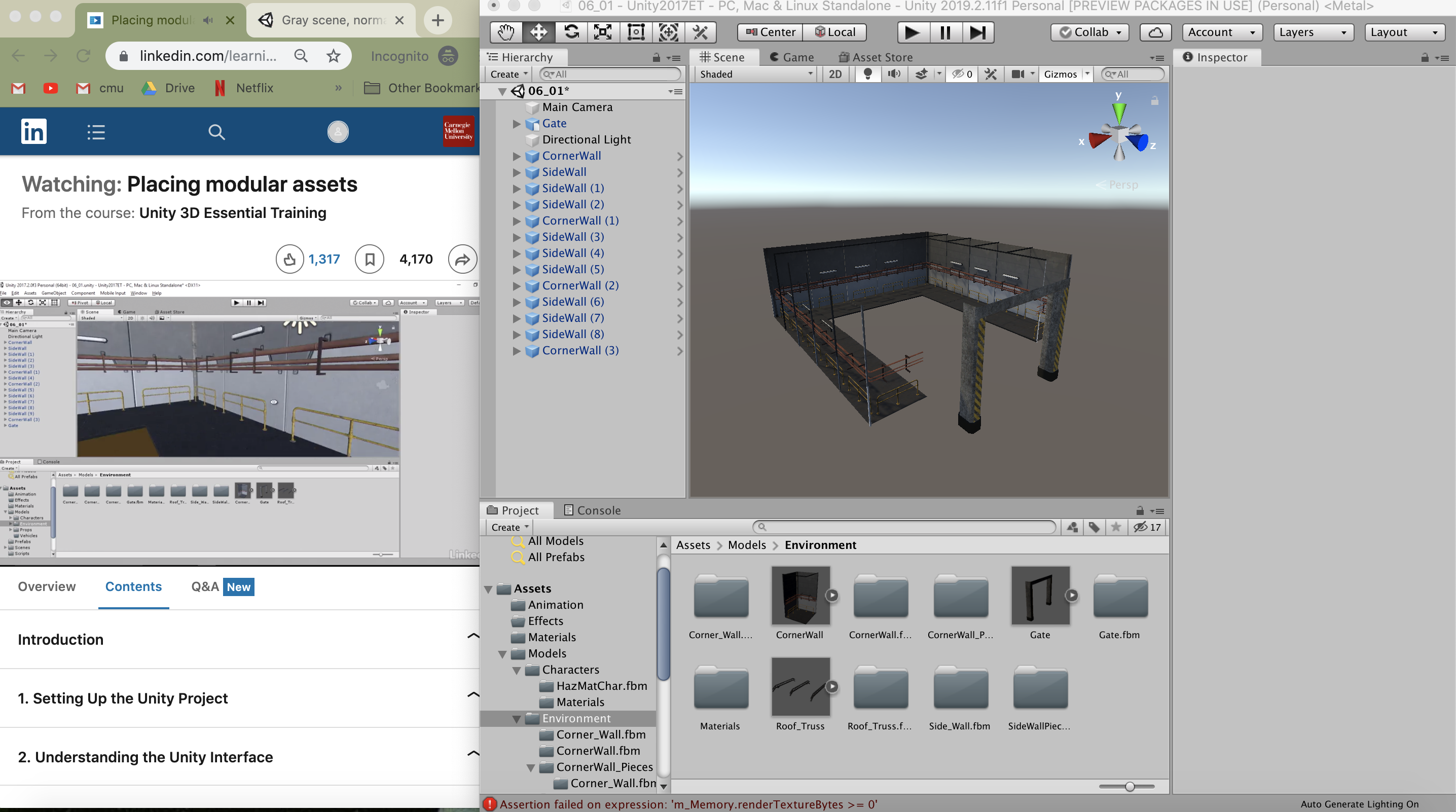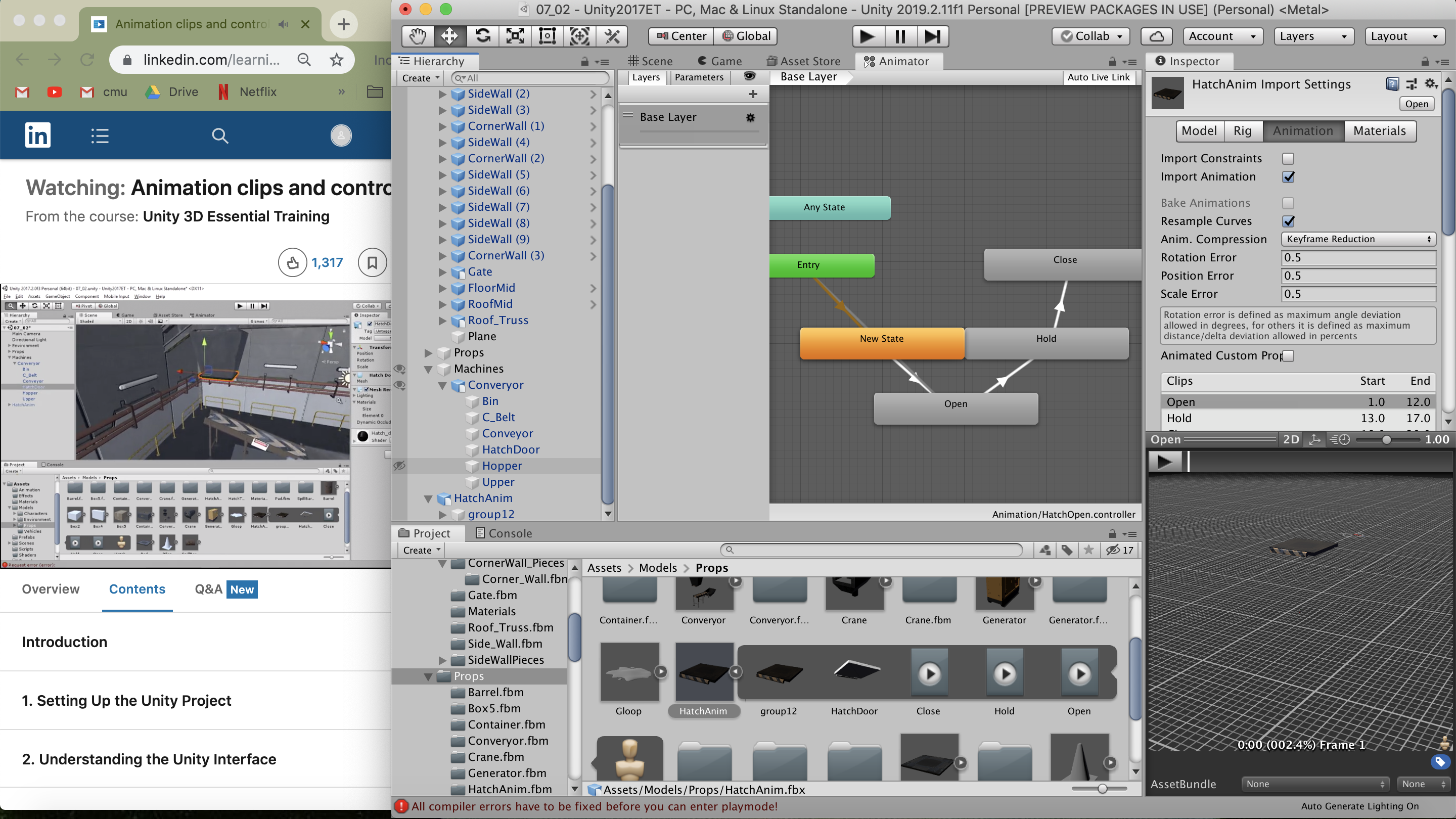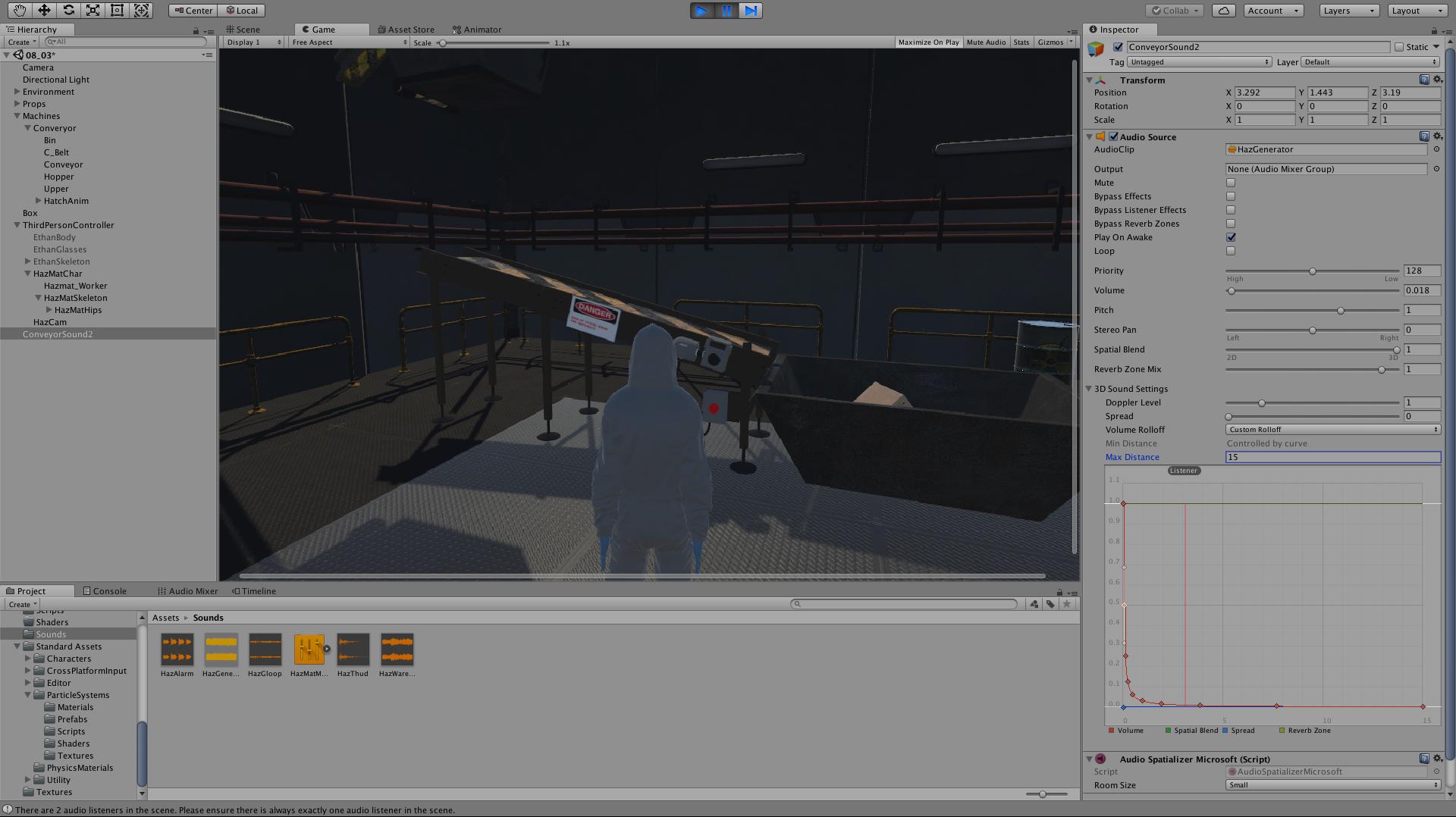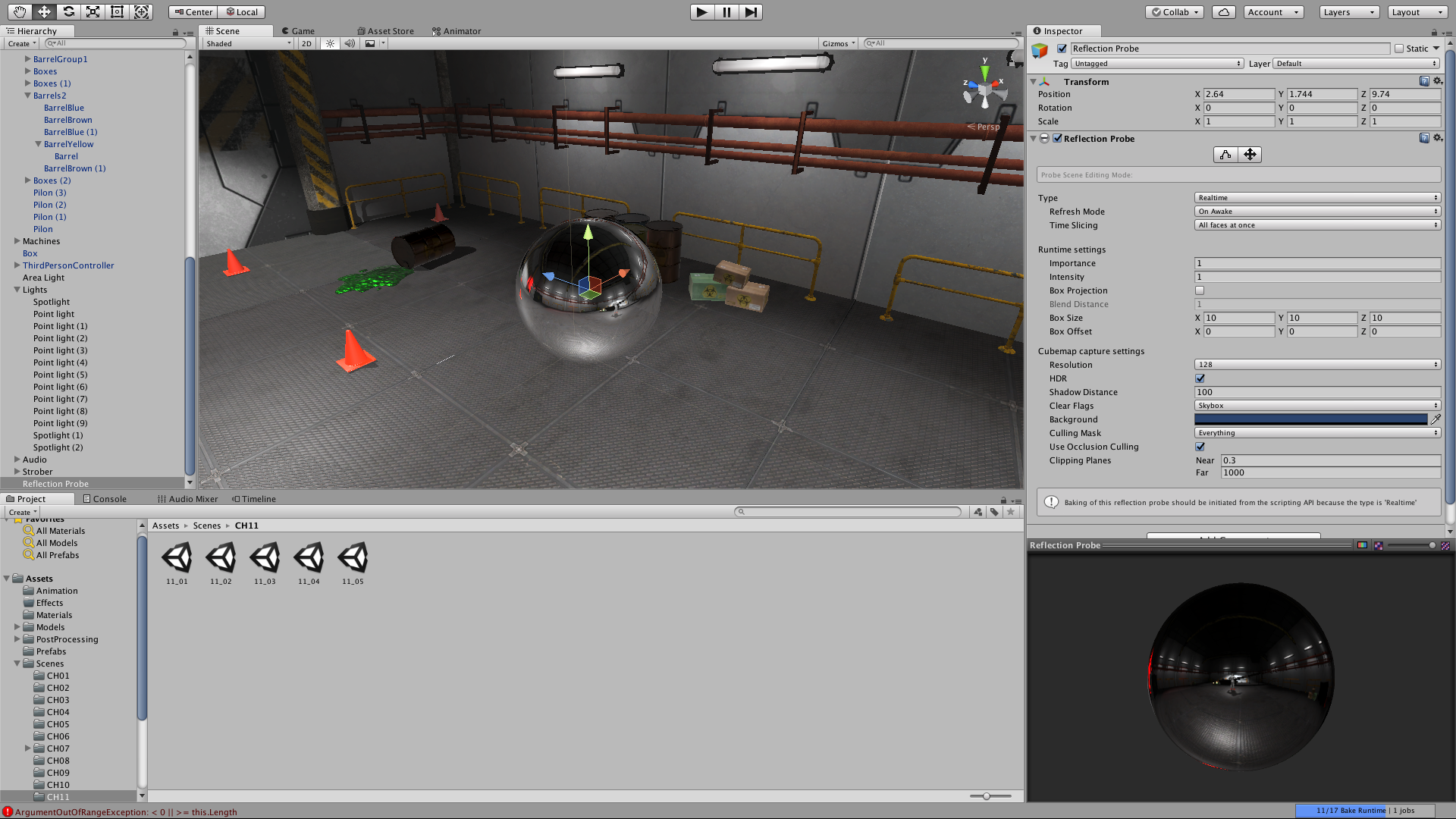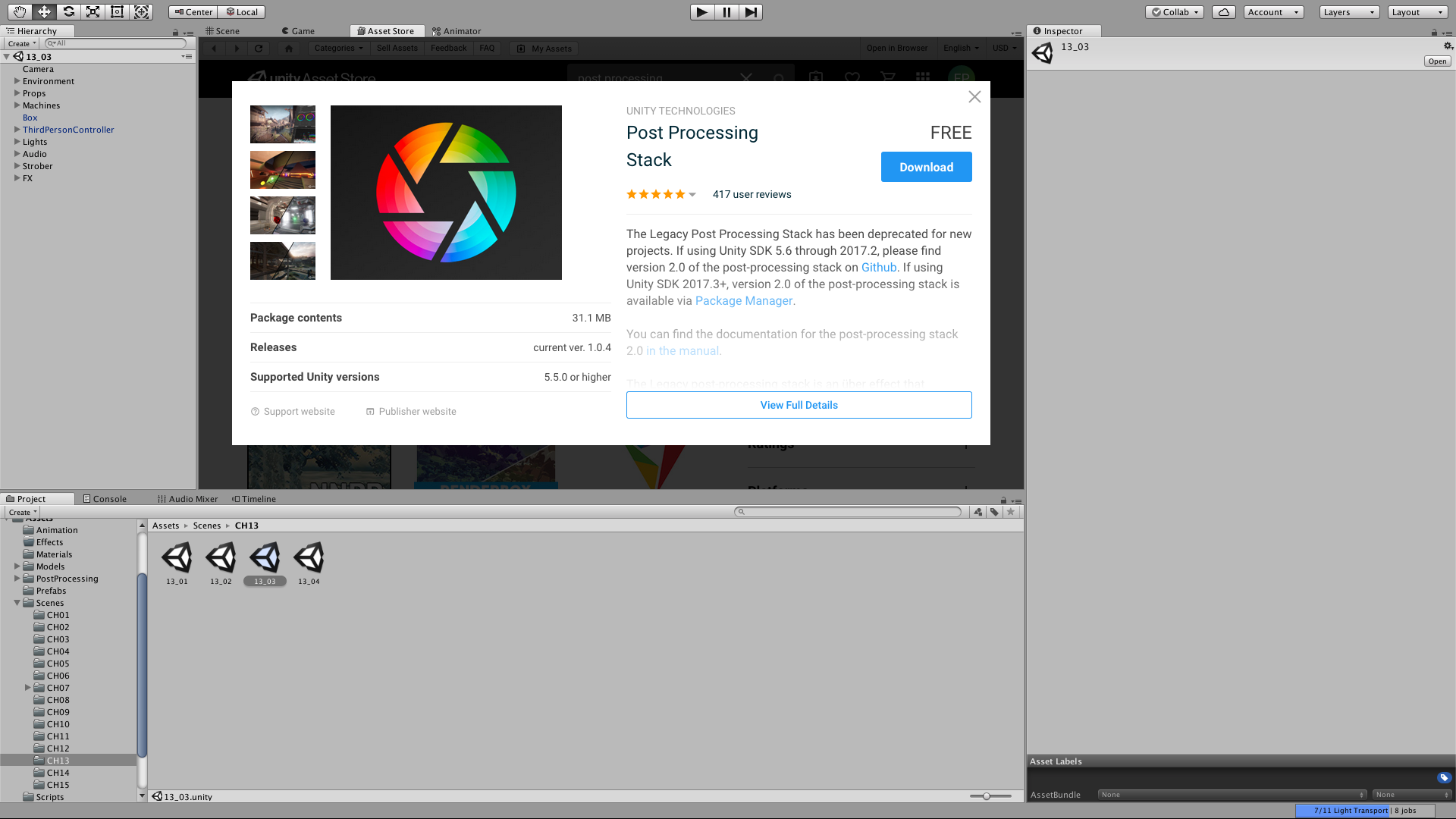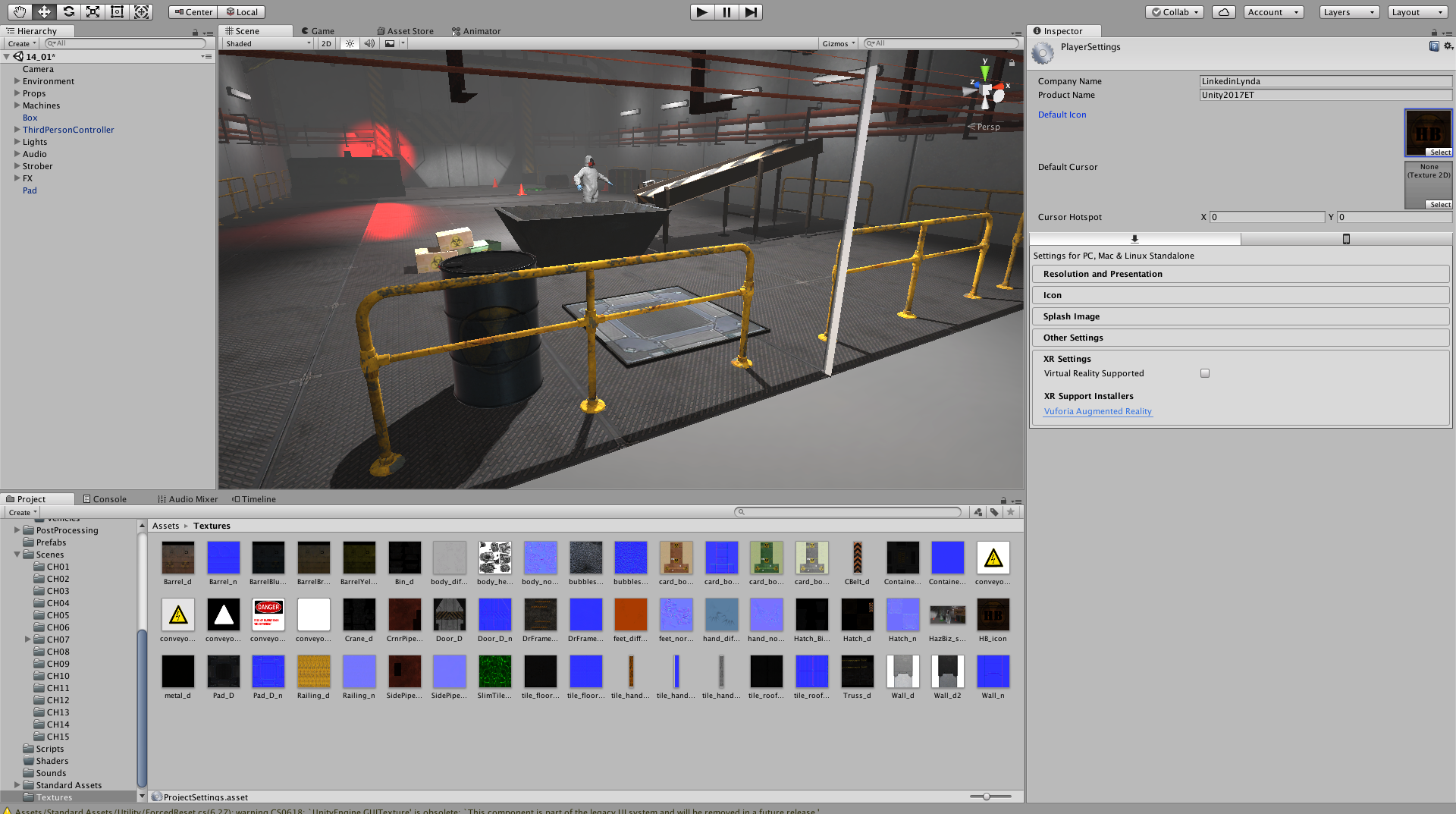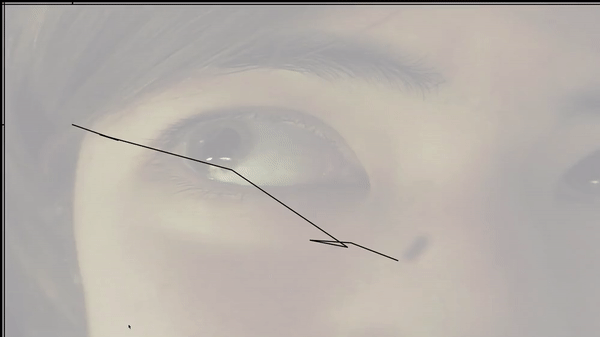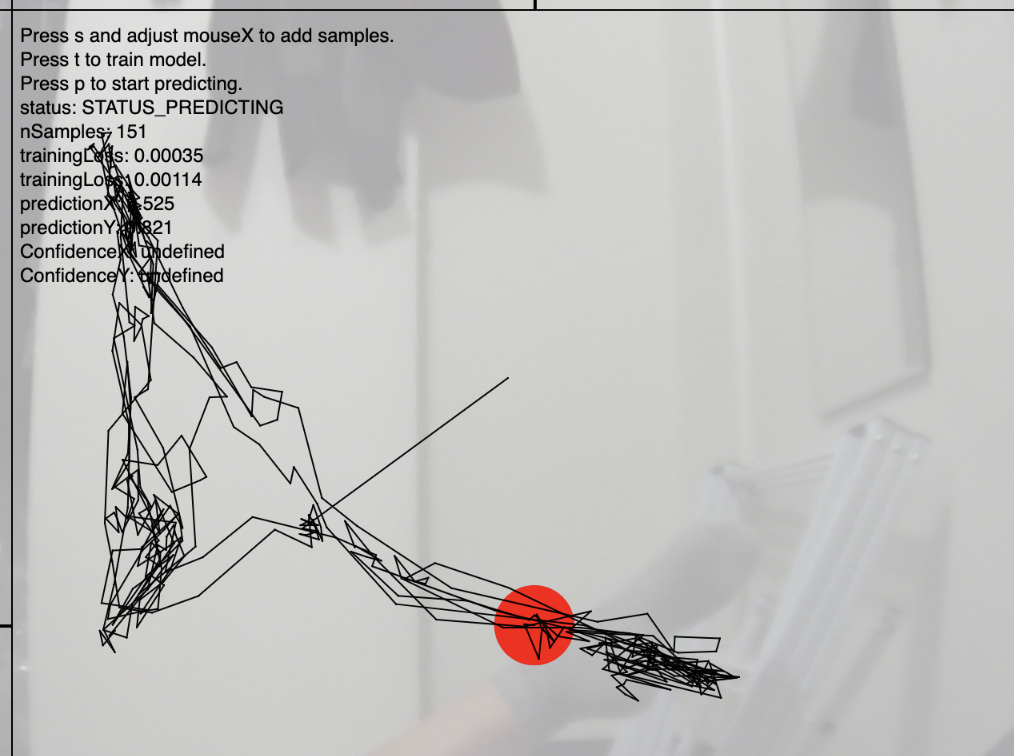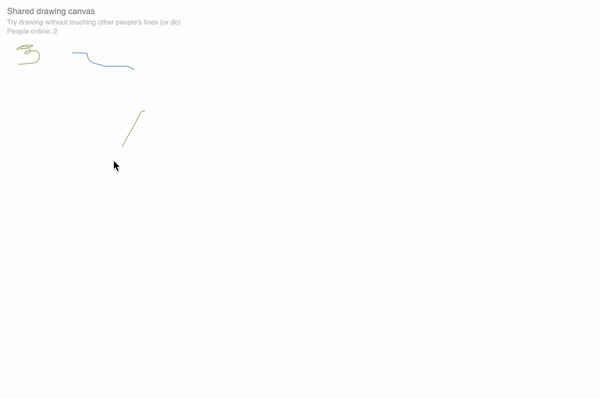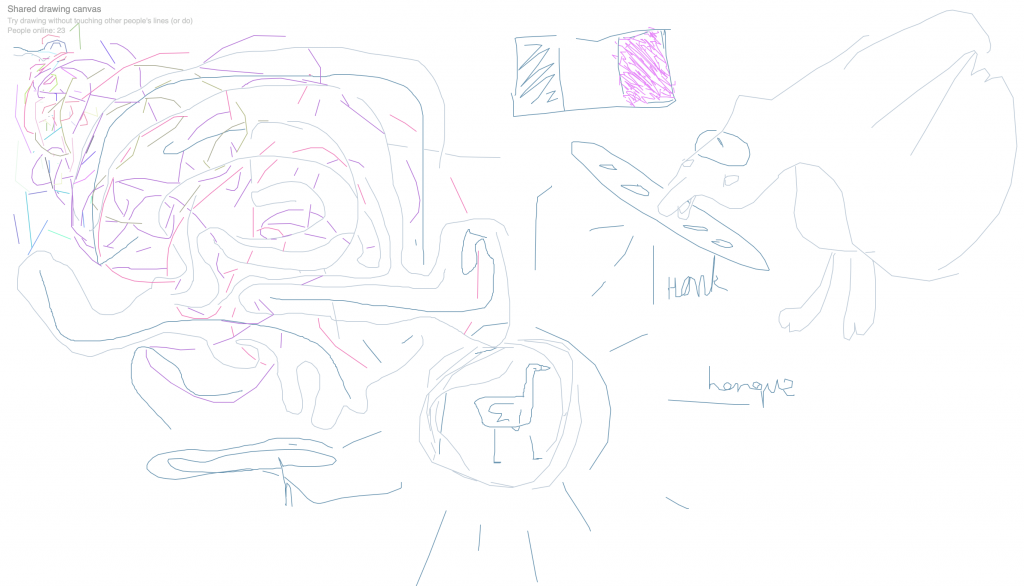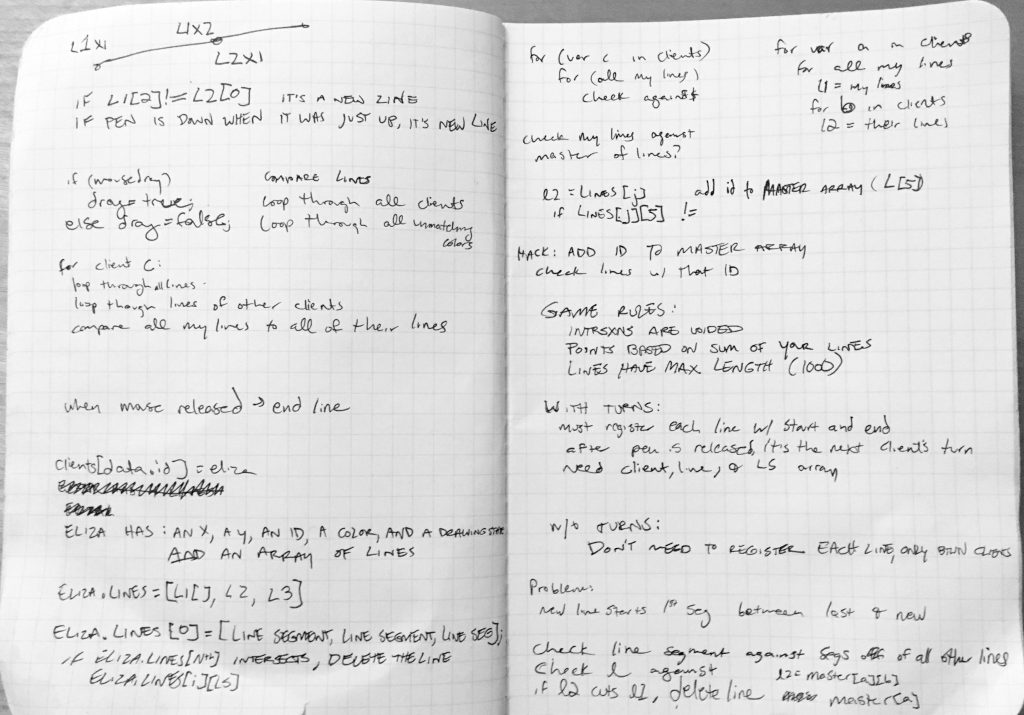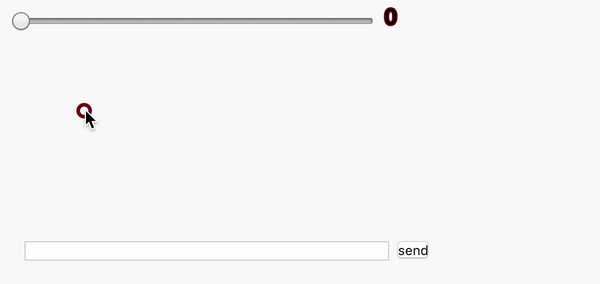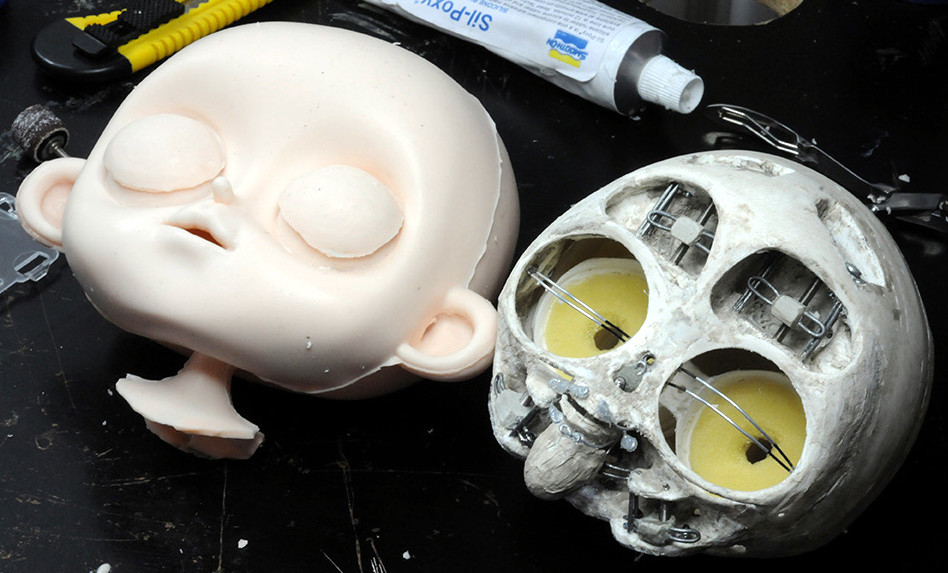Pix2Pix
This was a really fun way of seeing the different opportunities to interact with machine learning from the user's perspective. I love all my cats.

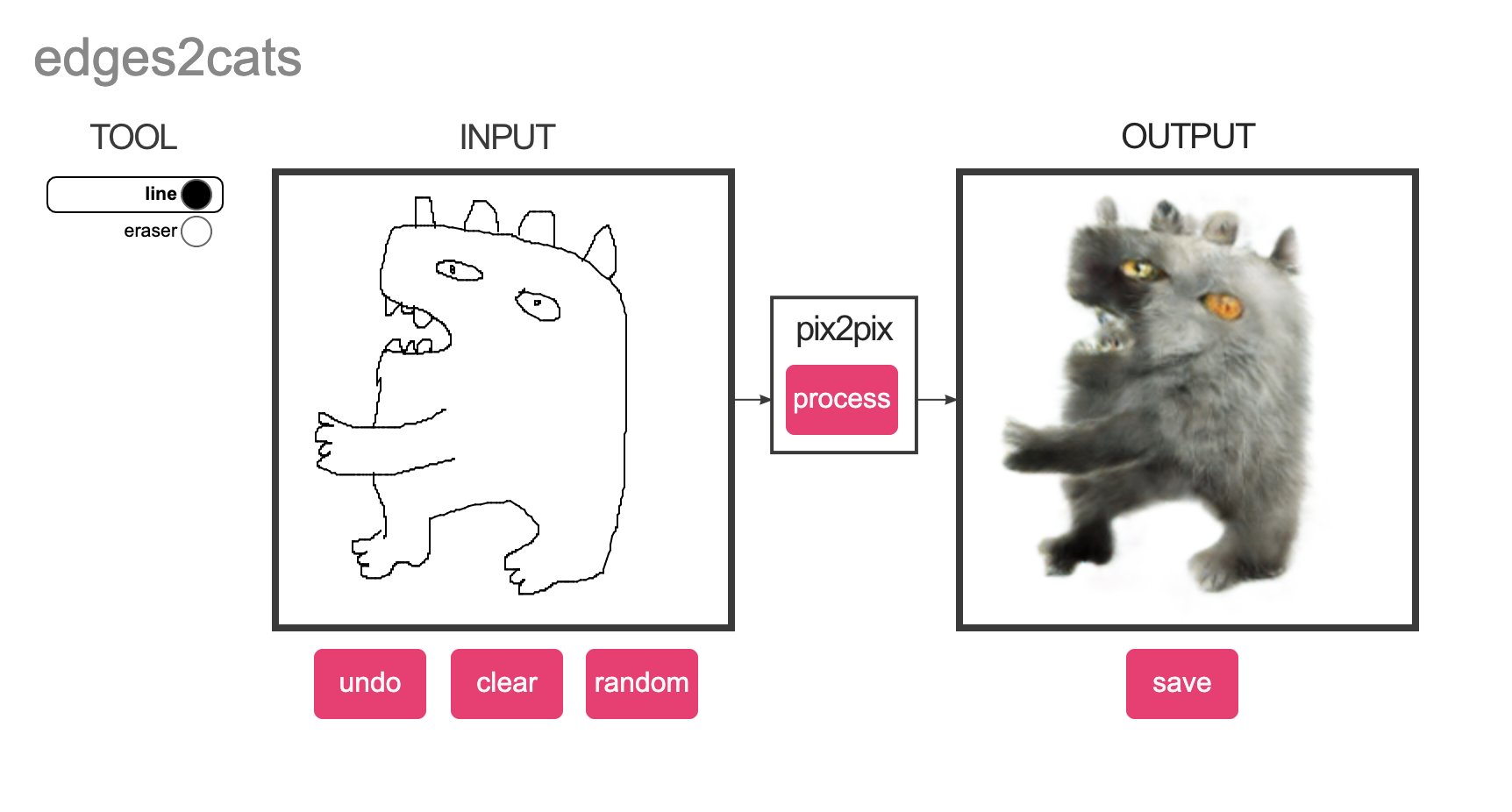
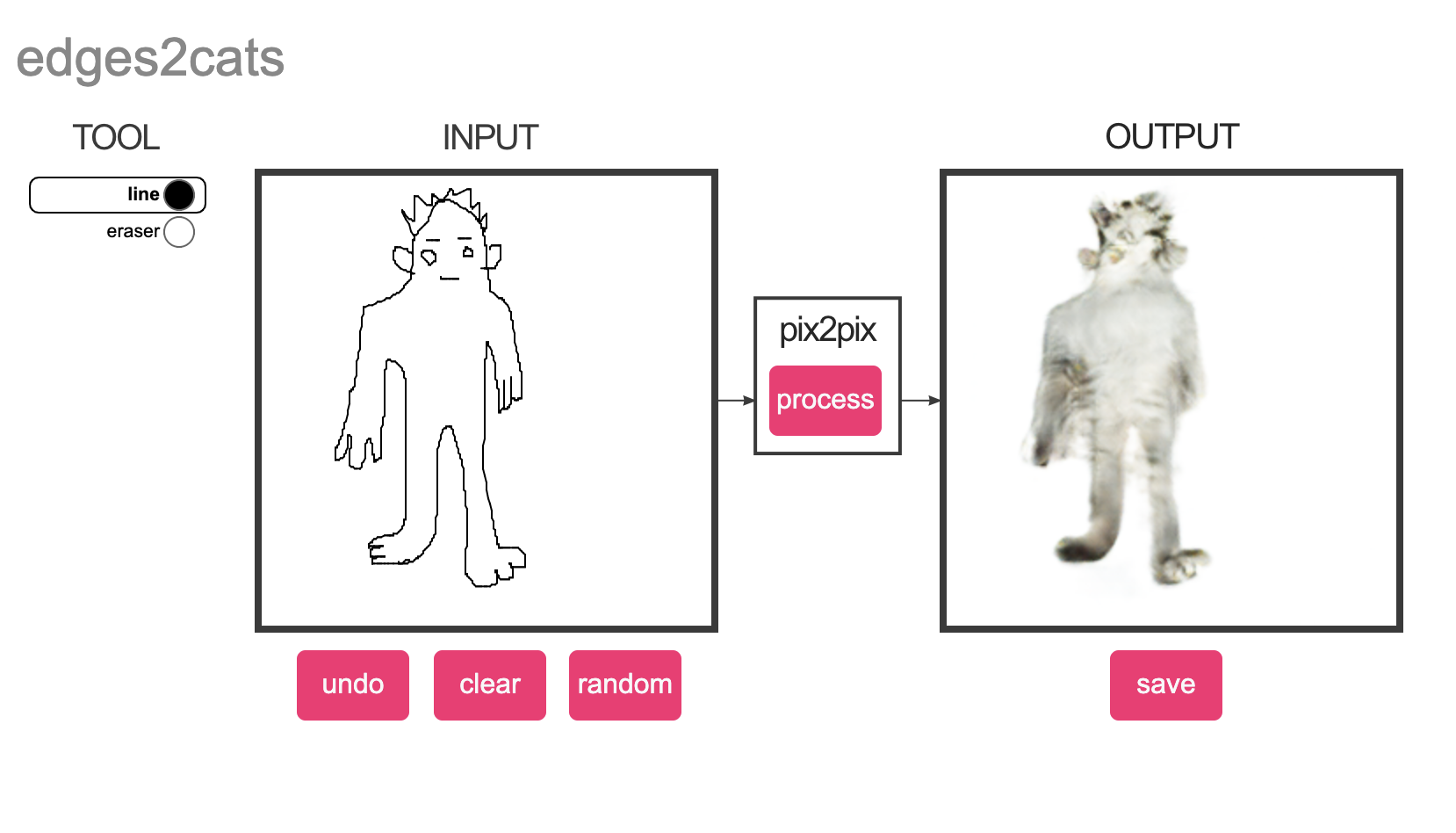

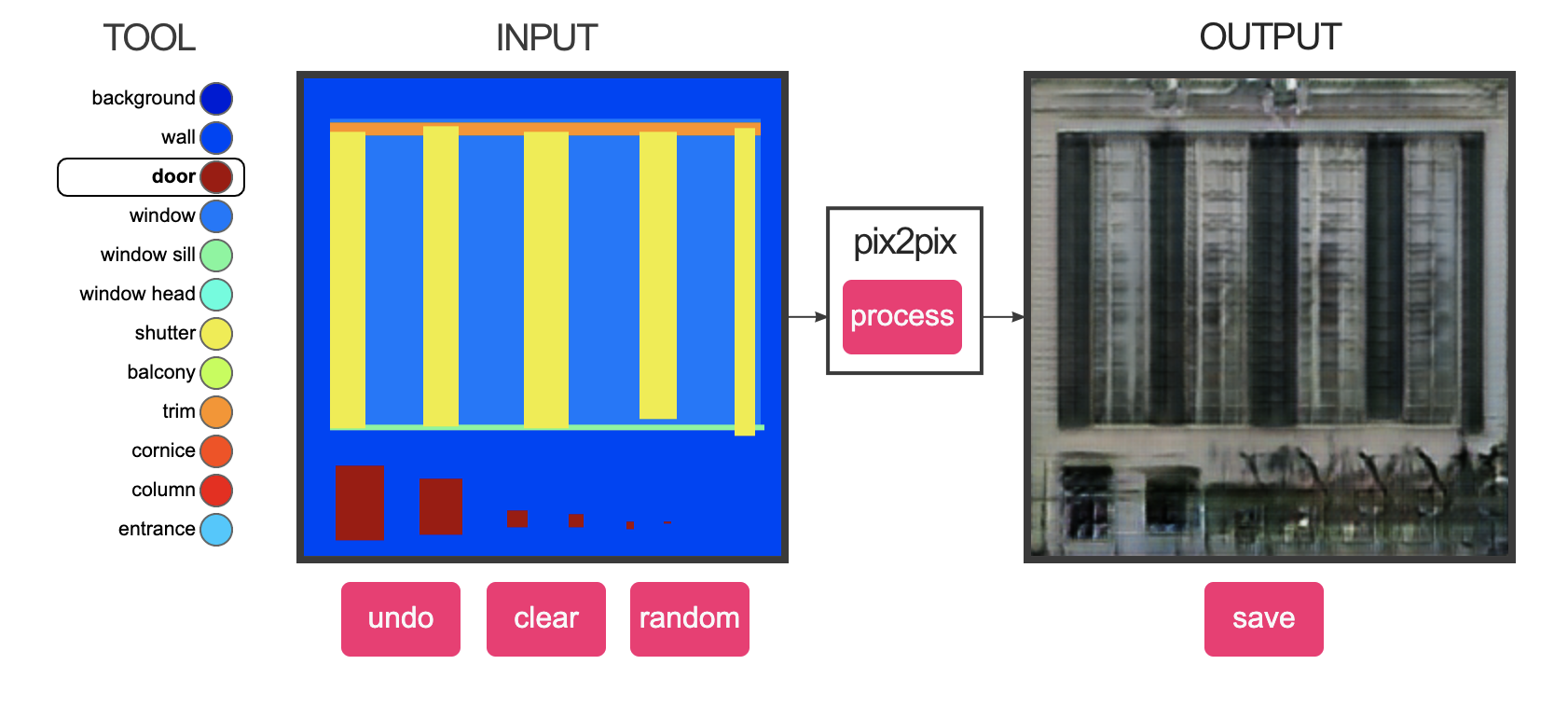
GAN Paint
This reminded me a lot of the stamp tool in Photoshop. The examples given are all architectural, but I think it would be interesting to see this being used on people or other living things.

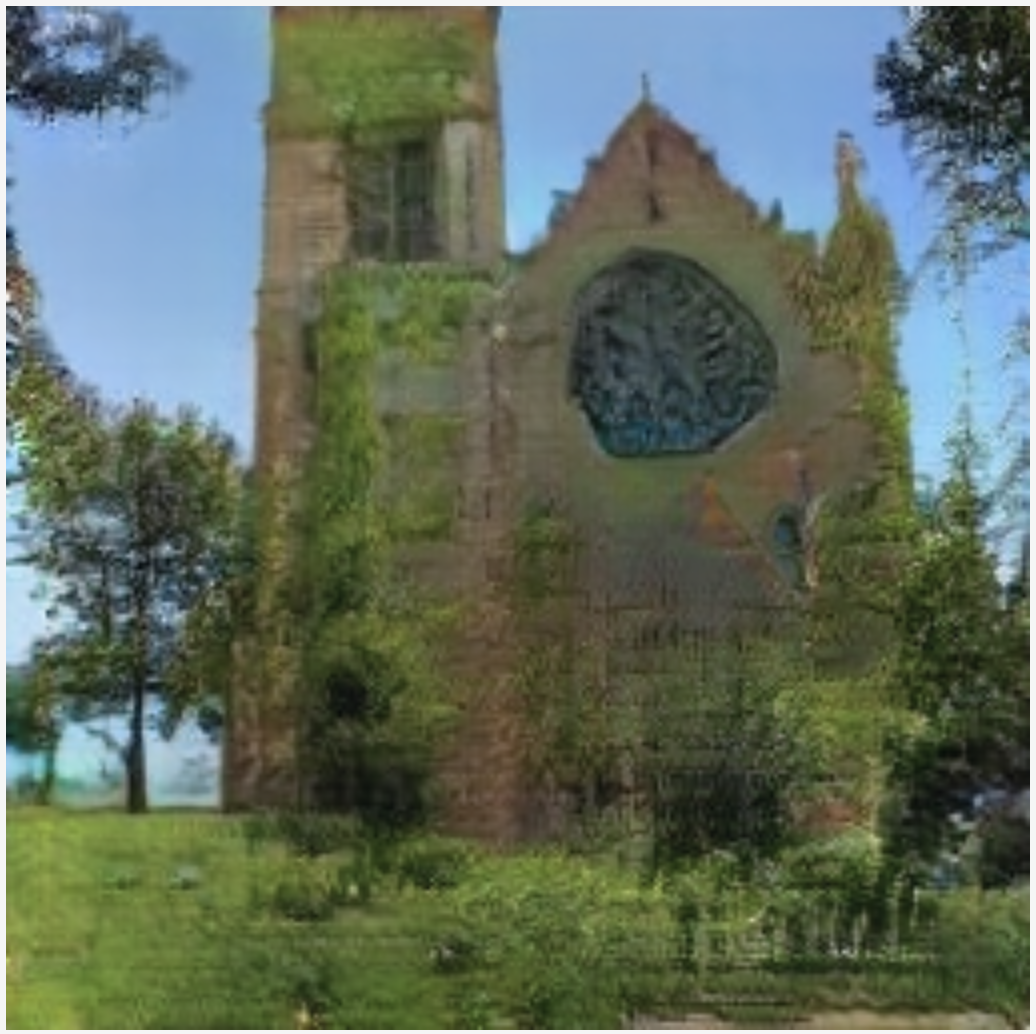
Artbreeder
I had a lot of fun creating my own mix of genes (see a chicken-catamaran hybrid below).

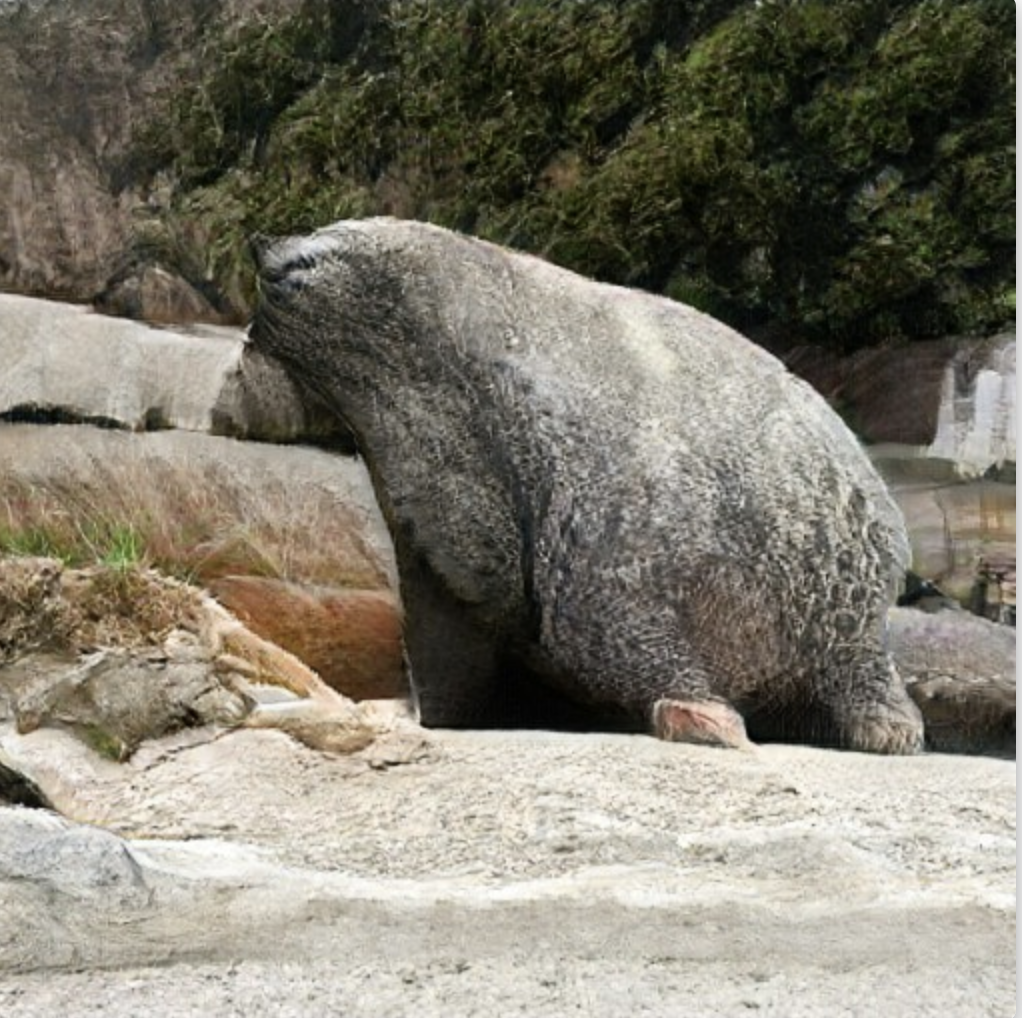
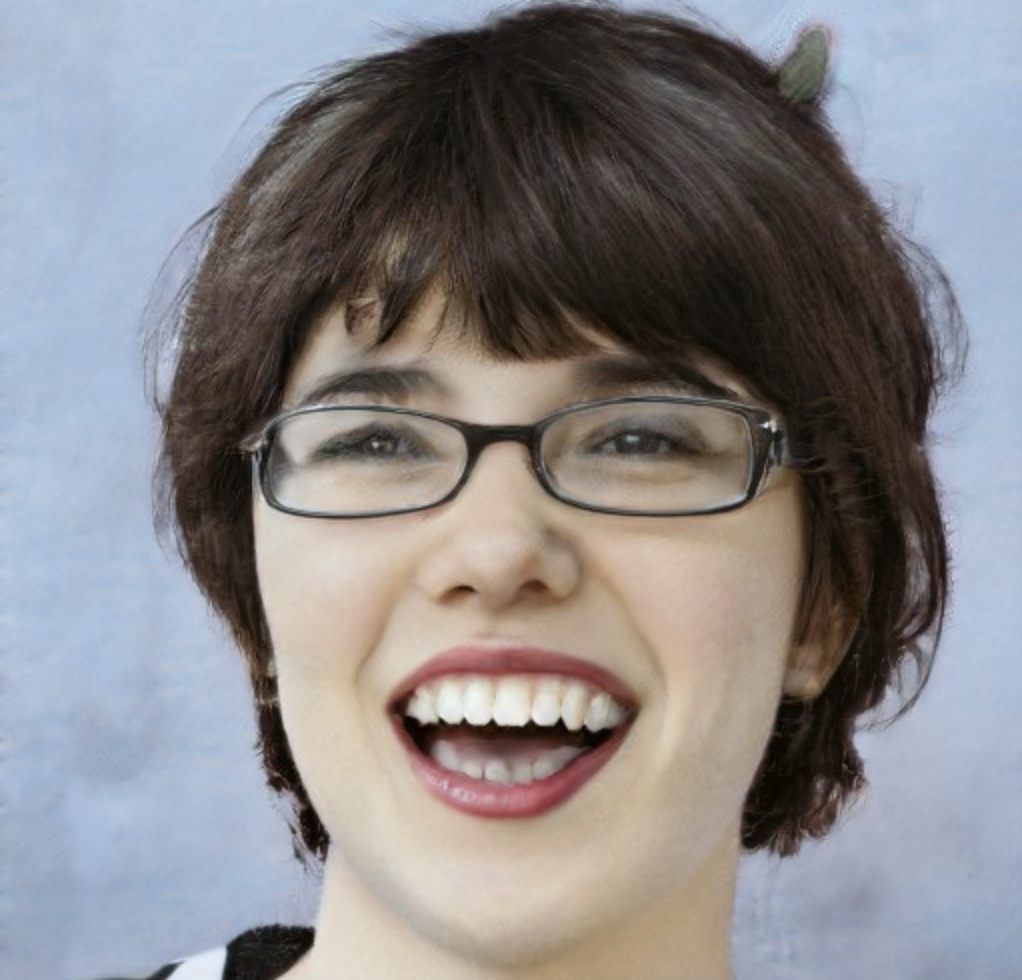
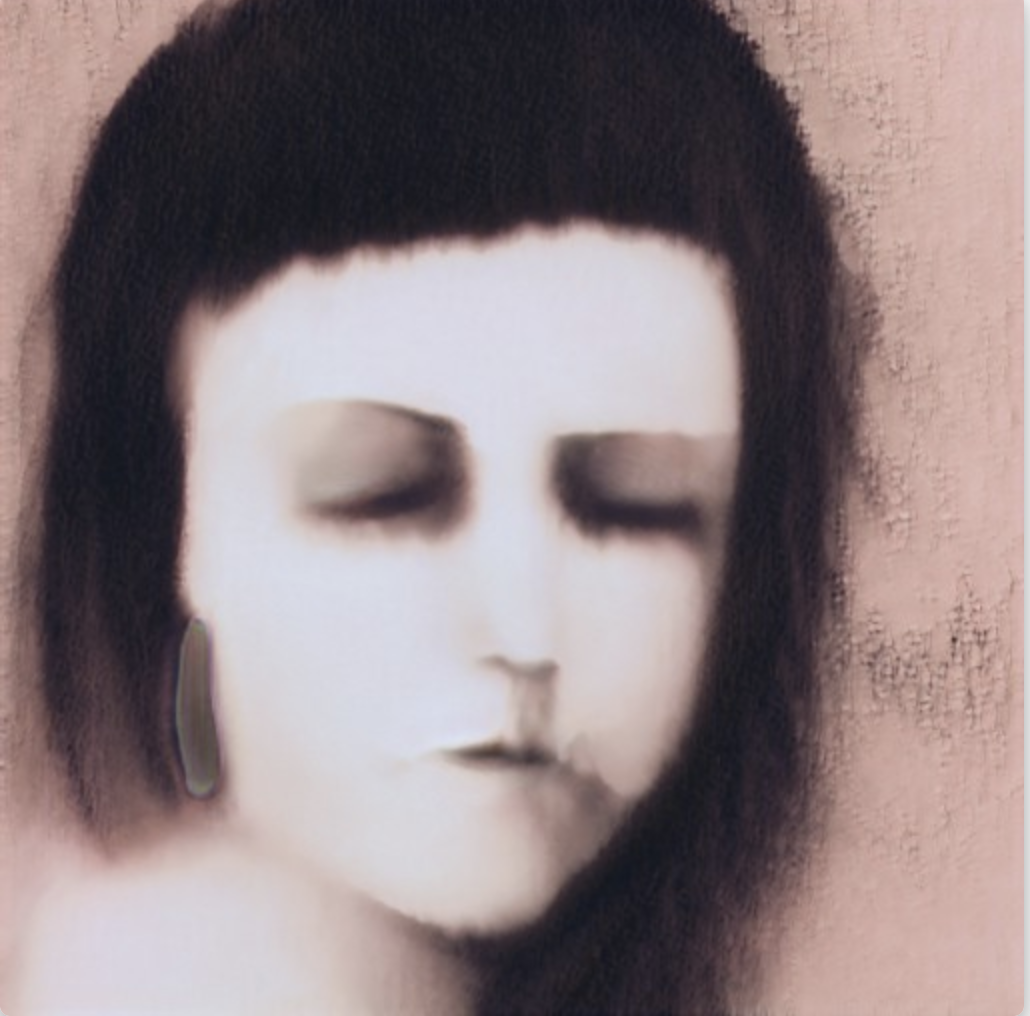
Infinite Patterns
I created this using the seal + stone wall + African Grey Parrot crossbreed I had made in ArtBreeder.
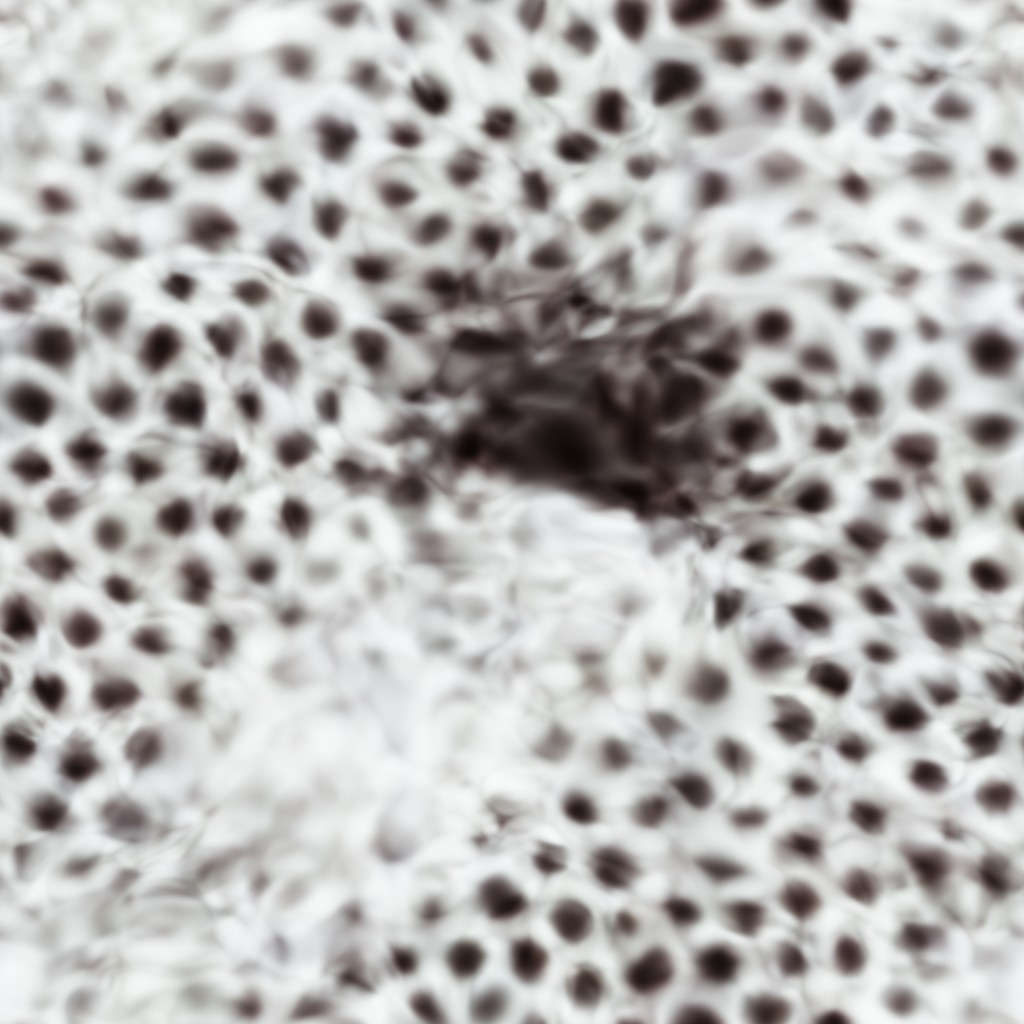
Talk to Transformer
This was my favorite one to play with by far. My first several attempts were too vague to generate anything of interest, but its funny to see how many specifics you need to feed the transformer to get a satisfactory amount of coherent nonsense.
-
I had this crazy dream about zombies last night where we were all in the same room together." He smiled. "I don't remember if I was the one who said 'we' that time or whether it was the other guests or the other staff, but we were all feeling weird when we woke up to discover that we would soon be fighting for their lives against these horrible creatures."
"Yes, I remember," her father replied with a small smile. "It was a good dream." He reached for a drink of water, but hesitated when he heard the sound of water dripping down the hallway below, then he looked down the hallway to see that three of the four staircases had collapsed on their own.
Harry sighed. With one hand pressed to his forehead, he reached for the drink in the bowl and took a sip. "What Can I tell you a secret about why I am afraid of birds? I am afraid of birds because, like all things that live in the sky, they have eyes. And I fear that their eyes are in the sky and their eye-screens are on and I can't tell them anything except what their own eyes can see. And so I fear their eyes like a mother afraid of a baby. And I know they will hurt me.
"What if one day, one of them looks up and sees me, I am so afraid of being hurt so I put a glass of water on the stove and sit there, so that they can't reach me. They are too smart, too clever or there is some mistake. So, even if they know every part about me that has not been invented, they will never hurt me. And sometimes they seem to be watching the moon."
He paused and then added: "And sometimes they are thinking how to tell this to their offspring. They are already thinking too much, but I am only a child, and they have the power of children."
The woman laughed and said happened?" he asked.
"When we arrived at the conference, we found out that the hospital was closing down until further notice while the owner decided to leave the building entirely." Her father replied as he sipped from the cup. "And the next time you arrive
----------------------------------------------------------
2. Can I tell you a secret about why I am afraid of birds? I am afraid of birds because, like all things that live in the sky, they have eyes. And I fear that their eyes are in the sky and their eye-screens are on and I can't tell them anything except what their own eyes can see. And so I fear their eyes like a mother afraid of a baby. And I know they will hurt me.
"What if one day, one of them looks up and sees me, I am so afraid of being hurt so I put a glass of water on the stove and sit there, so that they can't reach me. They are too smart, too clever or there is some mistake. So, even if they know every part about me that has not been invented, they will never hurt me. And sometimes they seem to be watching the moon."
He paused and then added: "And sometimes they are thinking how to tell this to their offspring. They are already thinking too much, but I am only a child, and they have the power of children."
The woman laughed and said
Google AI: Magic Sketchpad
Here's a sketchpad on glitch that will try to finish your drawings for you. It's cool when its accurate and endearing when it scribbles haphazardly.
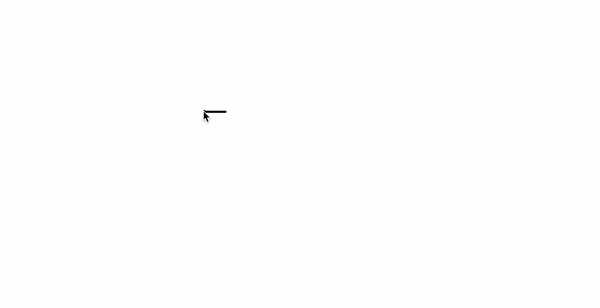


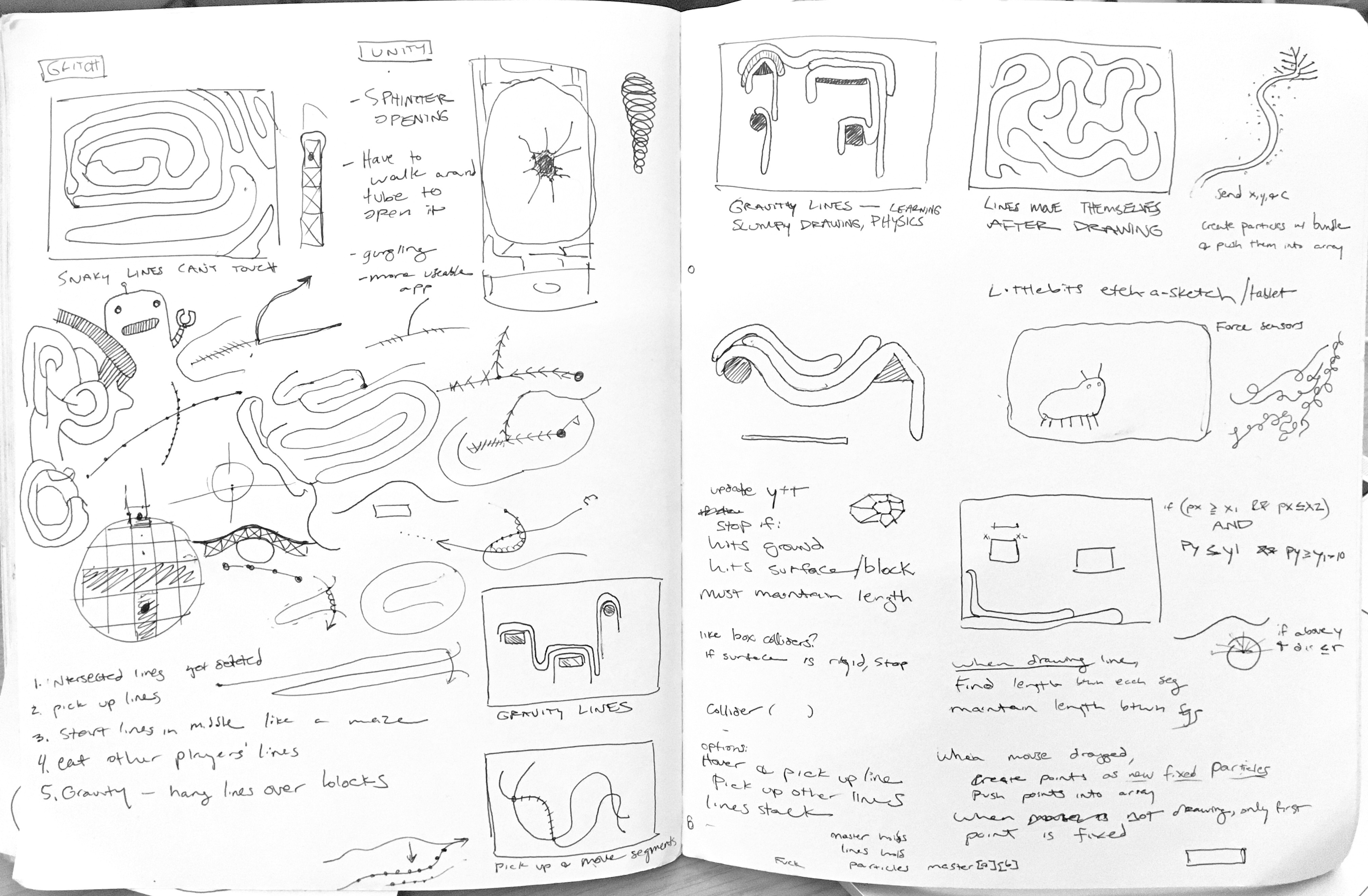

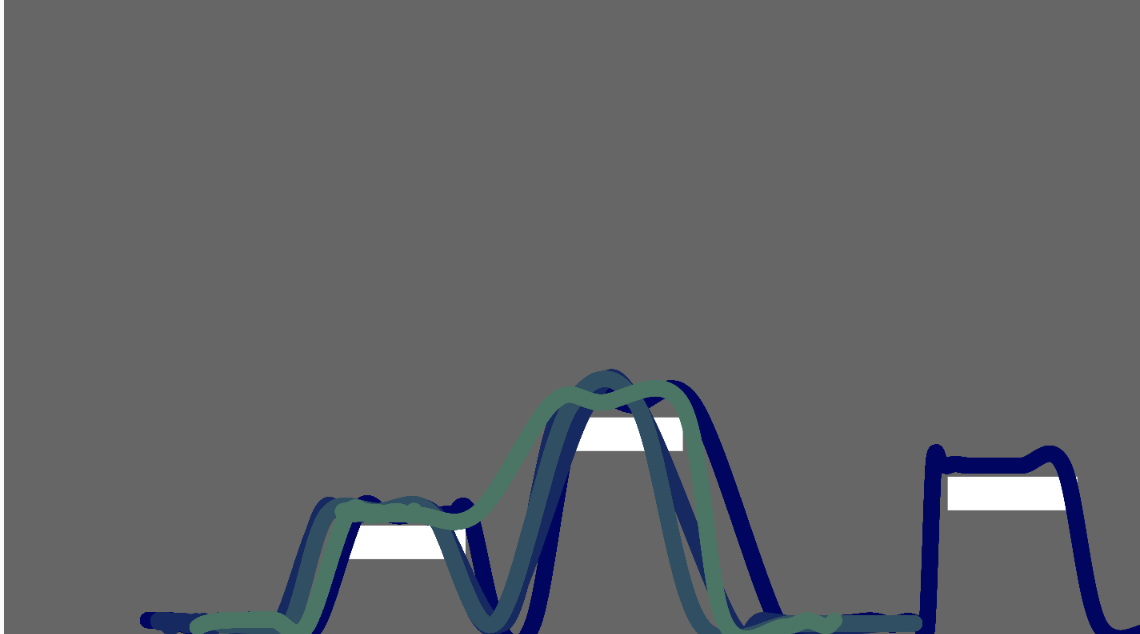
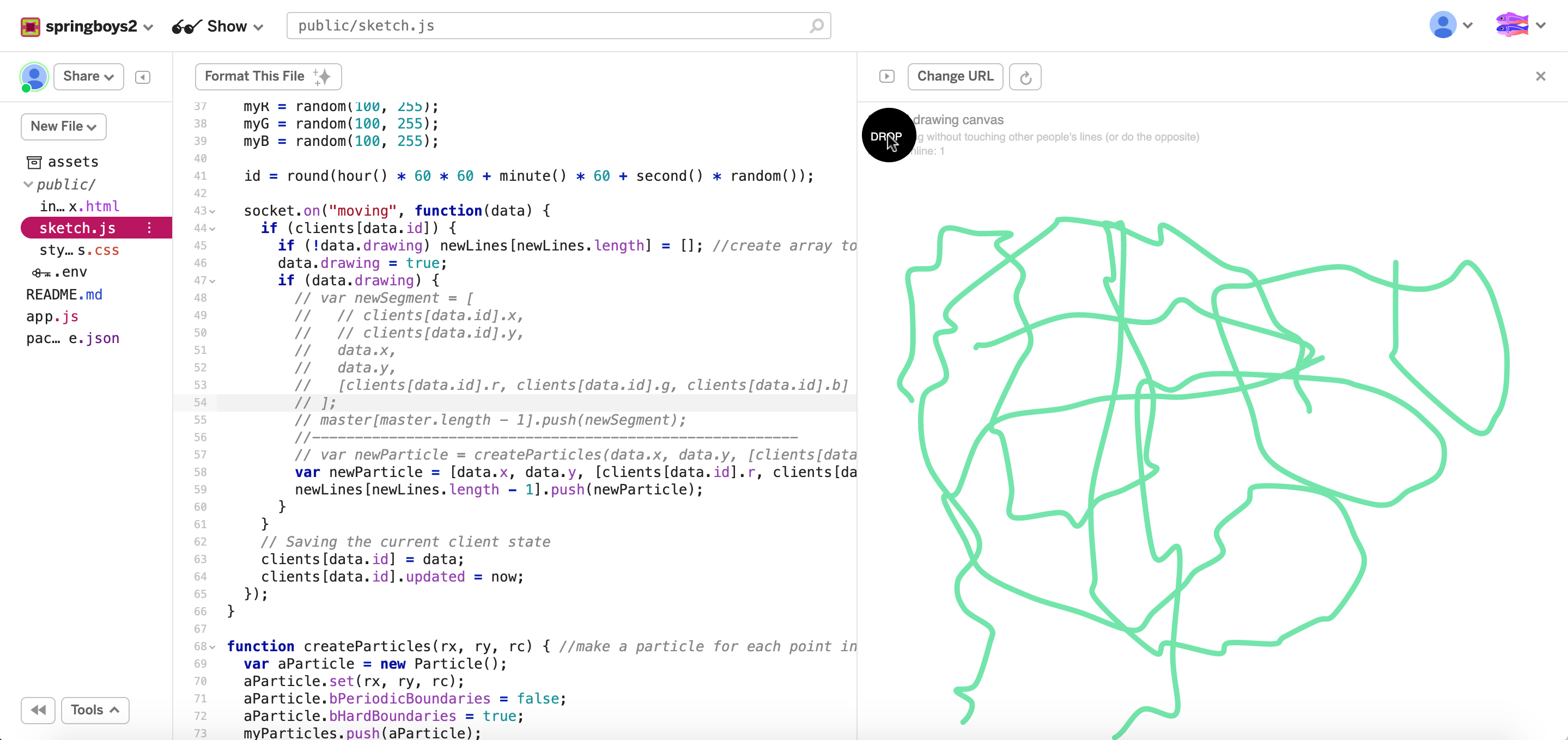
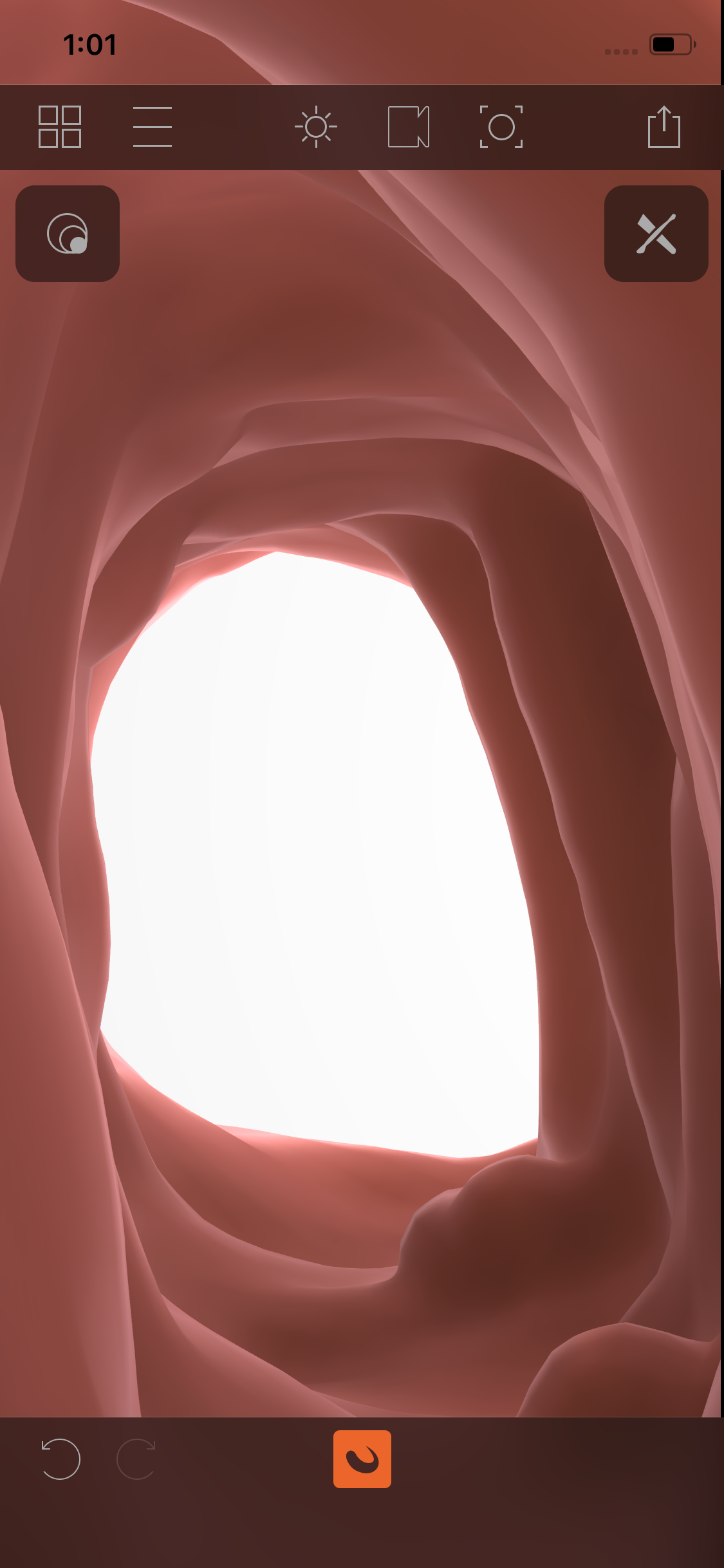

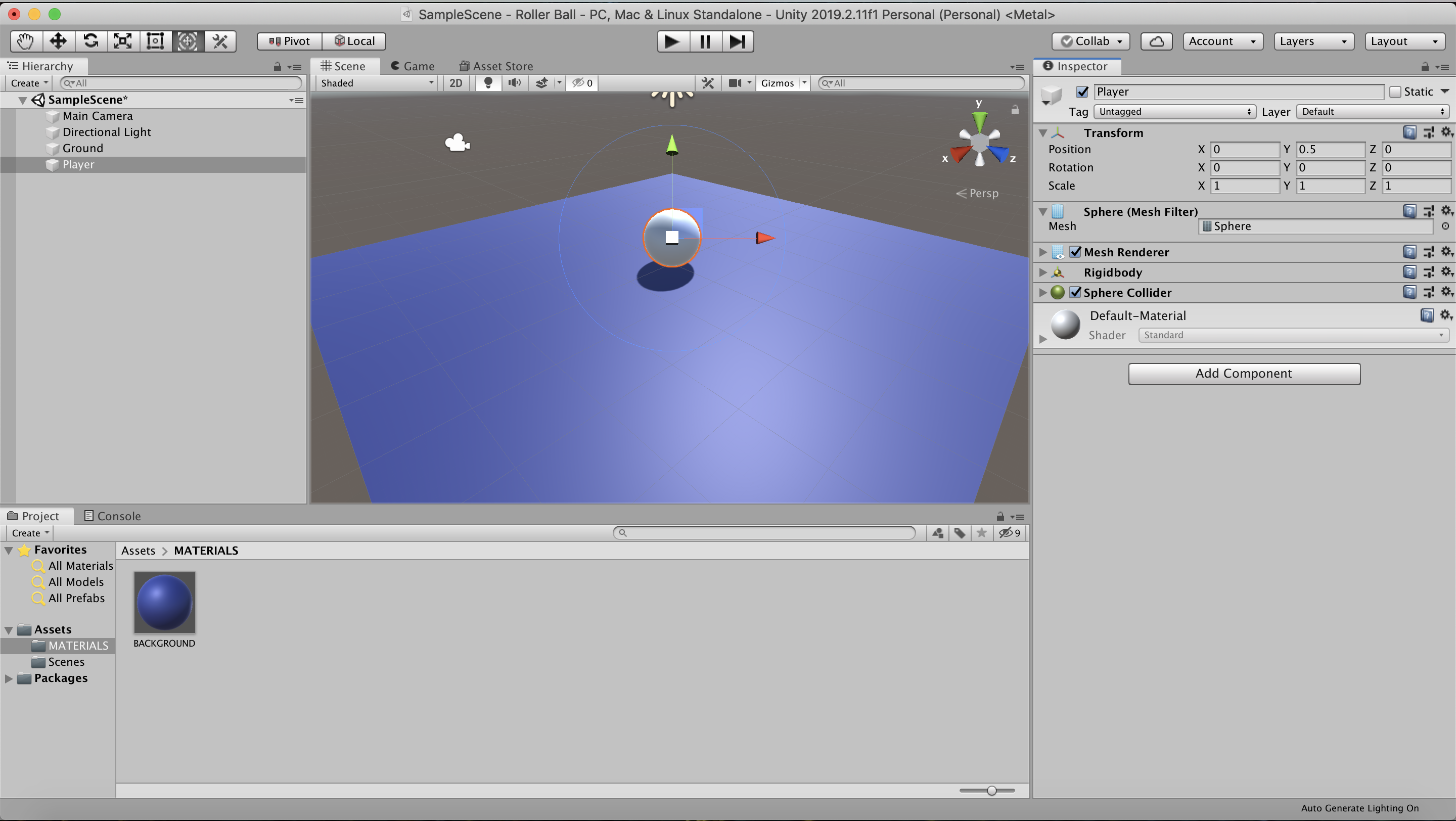
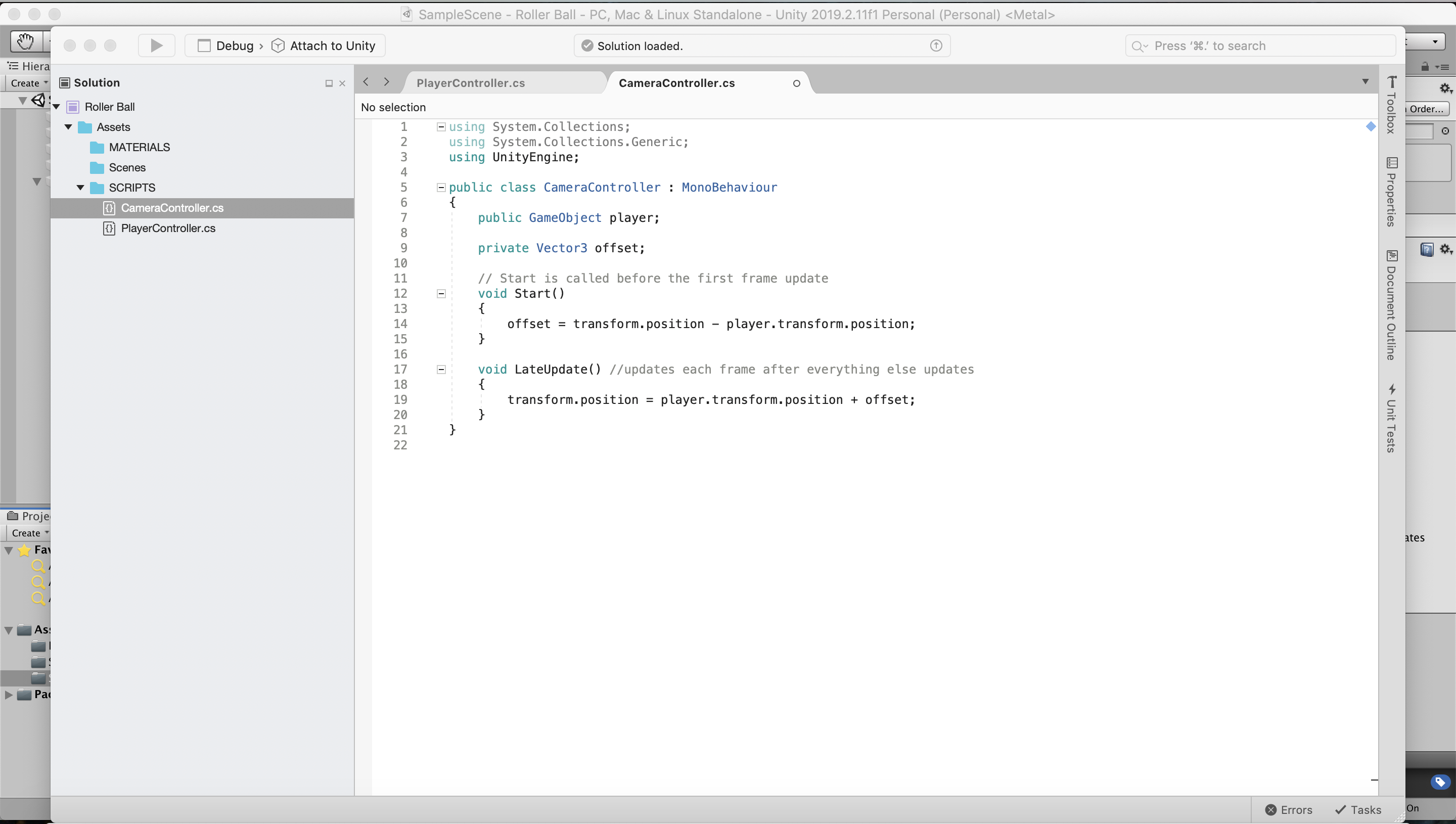
 For the scripting tutorial assignment, I followed the
For the scripting tutorial assignment, I followed the 